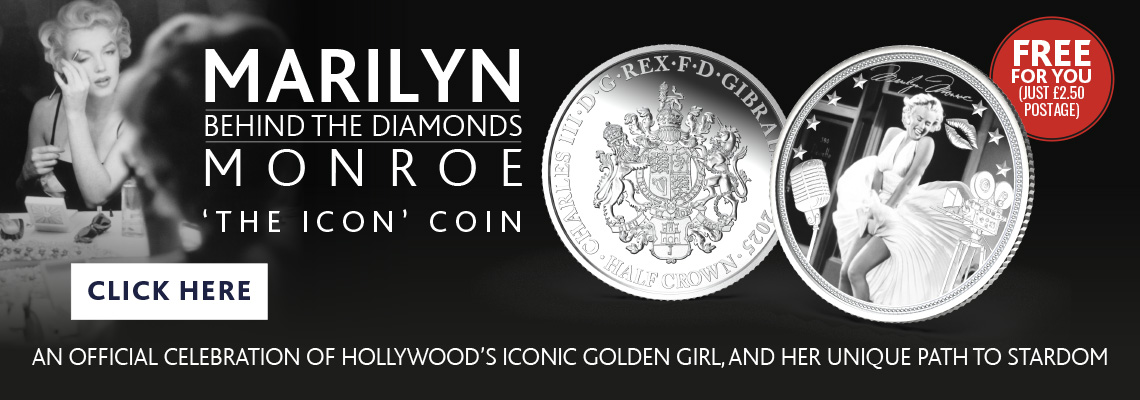2015 Nobel Peace Prize Medal first to be made from fairmined Gold
- Details
- Category: News

The medal, featuring the head of Alfred Nobel, was struck at the Norwegian Mint in Kongsberg, Norway, today, ahead of the ceremony on December 10th when it will be presented to the Tunisian National Dialogue Quartet.
The Norwegian Mint and owner Samlerhuset Group, which Skarbnica Narodowa is a part of, in cooperation with the organization Alliance for Responsible Mining (ARM), highlights working conditions in gold mines and their environmental impact.
Gold mining is a very important source of income for many poor communities in Latin America, Africa and South-East Asia. 85-90% of the gold mined in the world today comes from larger mines which are regulated by national and international standards and regulations. The remaining 10-15%, however, comes from small-scale mines, which employ over ten million people, or around 90% of the world's miners. These mines pose major challenges with regard to working conditions and environmental impact.
Small-scale extraction often takes place by hand, under difficult conditions. The work is performed by miners who dig for gold, cut it into pieces and clean it up in a process which also involves the use of mercury, which is highly dangerous, both to themselves and to their surroundings. Operations often have no permission from the authorities, making the livelihood of millions of people extremely problematic.
The organisation ARM, which is the collaborator of Samlerhuset and the Mint, is working to transform small-scale mining into socially and environmentally responsible businesses by assisting mines to achieve Fairmined certification. This includes requirements for working conditions in, and the environmental impact of, mines. The jewellery industry has already come a long way with their initiatives to promote responsible supply chains, but the coin industry has some catching up to do. The parties now hope that the example set by this year's Peace Prize medal will send out a powerful signal around the world which will eventually change the way small-scale mines are operated.
“The initiative and collaboration with ARM does not only apply to the Peace Prize medal or our own business. We want a harder look to be taken at what gold is used by the coin and medal industry and more and more players to make use of certified gold from small mines. In this way, the working conditions can gradually be improved for those working in them and the environment can be saved,” says Ole Bjørn Fausa, the CEO of Samlerhuset and owner of the Norwegian Mint.
“The fact that the Nobel Peace Prize medal is now made from Fairmined-certified gold is a huge recognition of the world's miners in their fight for fair gold mining. The initiative also shows that it is fully possible to certify gold from small-scale mines, thus positively affecting entire local communities.
We are very hopeful that Samlerhuset and the Norwegian Mint will, from 2015 onwards, produce the Peace Prize medal from certified fair gold in their commissions for the Norwegian Nobel Institute. They are setting a strong and fine example which we hope others will follow,” says Kenneth Porter from the Alliance for Responsible Mining (ARM).
The Mint and Samlerhuset has, over the years, used established suppliers. The gold which has been used is essentially either recycled, which is the most environmentally-friendly option. Or it has also come from large, mechanised mines which have exploitation agreements with the authorities in the actual country in which the mines are located. Only 33% of the total gold market consists of recycled gold, while the remaining 67% is newly mined. The coin industry consumed almost 256 tonnes of gold in coins and medals in 2014, which corresponds to approximately 6% of the total demand. On that basis, it is important to get the small mines certified and, not least, make it attractive for mine owners to be Fairmined certified.
“We have established benefits for certified mines. They receive a fair price for their gold, and additional funds to invest in their business and social projects, which benefits the workplace, the miners and the surrounding community,” says Kenneth Porter.
“Small-scale mines therefore account for 10-15% of the total new production of gold in the world, but employ fully 90% of the world's miners. Tens of millions of people are affected, directly and indirectly. It is therefore very important that the players who use gold in their products should be aware of the challenges which exist and are willing to act to improve the situation,” says Kjell Wessel, CEO of the Norwegian Mint.
The Parties recognise that this is a long and demanding process. But the alternative, doing nothing, is untenable.
“We have realised that, by virtue of our position, we have an opportunity to be involved in, influence and improve the lives of vulnerable people. This feels very right to us. Each company and each player today has a social responsibility, and we consider this to be part of ours. We must not forget that in earlier times we had exactly the same challenges here in Norway’s own silver mines in Kongsberg. This makes it especially rewarding for us now to be able to contribute towards highlighting this issue together with our owner Samlerhuset and ARM,” says Wessel.
This year's peace prize medal comes from a small Fairmined-certified mine in Iquira, Colombia.
Short documentary film: "The Nobel Peace Prize Medal in Fairmined Gold"
In connection with the above, the partners concerned have had the short film ‘The Nobel Peace Prize Medal in Fairmined Gold’ produced. It deals with the peace prize medal’s journey from the mine in Colombia to its award at Oslo City Hall. This may be used freely by the media in their editorial activity with reference to ‘Samlerhuset/the Norwegian Mint’. The film can be viewed and downloaded here: https://www.dropbox.com/sh/1sooj72i8vhtu7t/AABVez3AbqLe3-0DVN7AaTGua?dl=0



